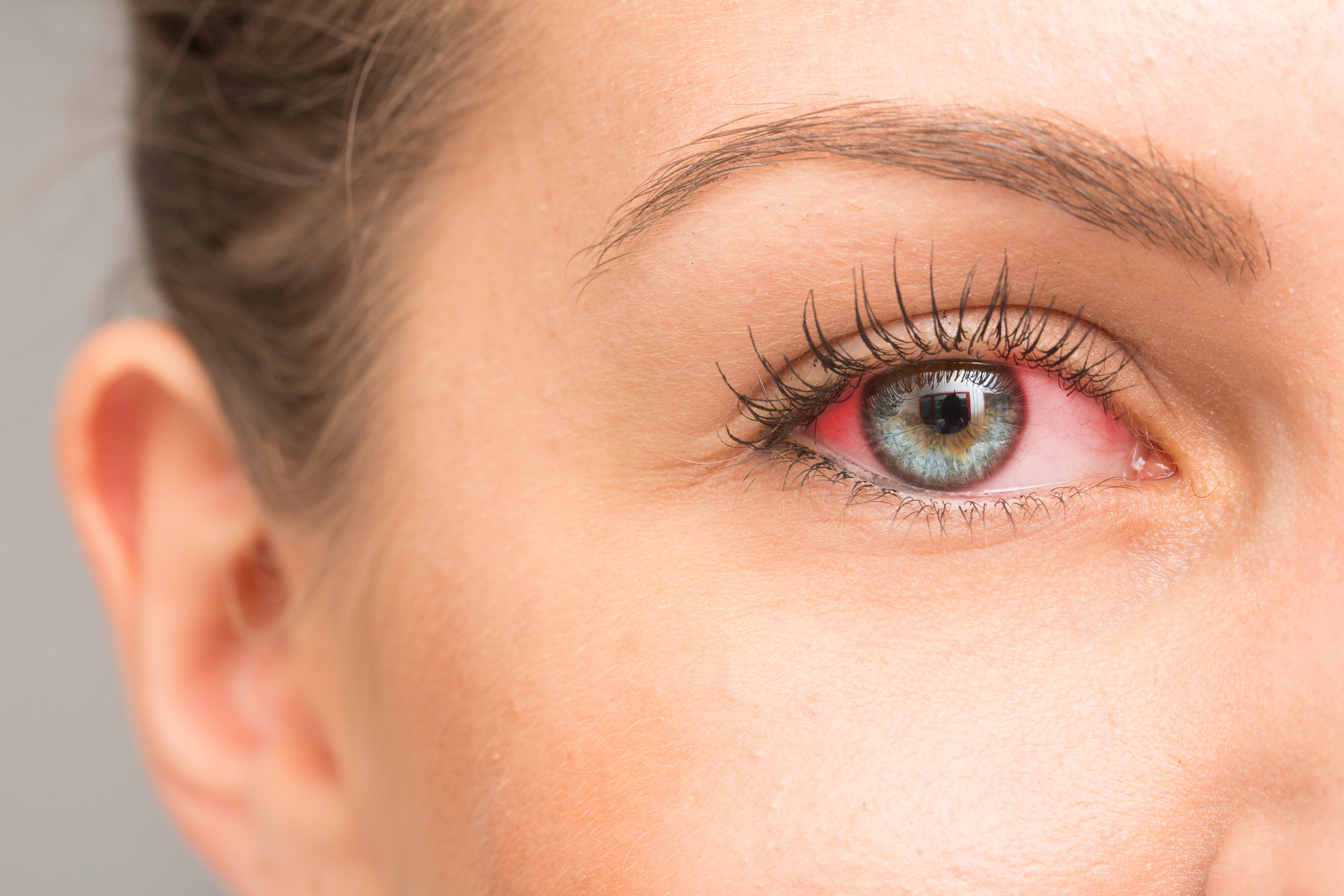
Your eyes need tears to stay comfortable and healthy. If they do not produce adequate tears or the right type of tears, you will experience dry eye symptoms. When you blink, your eyes produce a film of tears that spreads over them. The tear film is more important for good vision than many people think.
What Is the Tear Film?
The tear film consists of three layers, with each layer serving a vital purpose. The outside of the tear film is the oily layer made in the eye’s meibomian glands. This layer makes the surface of your tears smooth.
The middle layer of the tear film is the watery layer. Most of what you see when you produce tears is the watery layer. The lacrimal glands produce a watery layer in the eyelids. It cleans the eye and washes away any foreign particles.
The inner tear film layer is the mucus layer made by the conjunctiva. It helps distribute the watery layer over the eye's surface and keeps it moist. Without this layer, your tears would not stick to your eyes. The mucus layer is the clear tissue inside your eyelids that covers the white part of your eye.
To stay moist, your eyes constantly produce tears. When you cry or your eyes feel irritated, they produce tears. If they produce low-quality or inadequate tears, you end up with dry eyes.
What Are Dry Eyes?
You experience dry eyes when your tears evaporate or dry up too quickly or when your eyes produce low quality or too few tears. This condition is common in both humans and some animals. Furthermore, it can affect one or both eyes.
Dry eye syndrome can affect an individual of any age. You can also experience dry eyes even if you are relatively healthy. The condition is more common in older people since they produce fewer tears. Also, it is more common in women than in men and in malnourished individuals.
Causes
Healthy eyes produce tears all the time. They constantly have a fluid cover, which is the tear film. The tear film should remain stable each time you blink. That will prevent your eyes from drying up and lead to clear vision.
An unstable tear film tends to break down quickly, leading to dry spots on the eye’s surface. However, certain factors can cause dry eyes. These include:
Insufficient tear production
Prolonged screen use
A tear mixture imbalance
Eyelid problems
Environmental factors such as dry, windy weather
Eyelid problems
Antidepressants, acne drugs, and other medications
Symptoms
Some of the common symptoms of dry eye syndrome include the following:
Redness of the eyes
A stinging sensation in the eyes
Eye sensitivity to wind or smoke
Feeling like there is sand in your eyes
Stringy mucus around or in your eyes
Double vision
Difficulty keeping your eyes open
Sensitivity to light
Blurred vision
Excessive tearing
Discomfort when wearing contact lenses
How to Deal With Dry Eyes
Various tests can help reveal the quantity of tears you produce. They can also determine whether your tear film is functioning well. If you often experience dry eye symptoms, you need to visit your eye doctor at Clarity Vision. The doctor will determine the treatment you need to keep your eyes well lubricated.
For more on dry eye, call Clarity Vision in Clayton at, (919) 550-4801 today to schedule an appointment.
















